OneWheel electric boards leverage rechargeable lithium-ion (Li-ion) batteries for eco-friendly and cost-effective personal transportation. These batteries, known for high energy density, low self-discharge rates, and maintenance-free operation, power the innovative self-balancing unicycles. Other battery types like Lithium Polymer (LiPo) and Nickel-metal hydride (NiMH) offer enhanced density, weight reduction, and cost-effectiveness. Rechargeable batteries in OneWheels promote sustainability, reduce electronic waste, and cut maintenance costs for riders. Proper charging, storage, and inspections are crucial for optimal performance and safety, while future advancements promise longer durations and faster charging times.
“Unleash the freedom of sustainable mobility with OneWheel electric boards, powered by the heart of any advanced vehicle—rechargeable batteries. This article delves into the fundamentals of these innovative energy sources, exploring their role in enhancing OneWheel riding experiences. We’ll dissect various types used in these boards, highlighting benefits and safety considerations. From charging tips to future tech trends, prepare for a journey through the evolving landscape of rechargeable battery power tailored for your OneWheel electric board.”
Understanding Rechargeable Batteries: The Basics
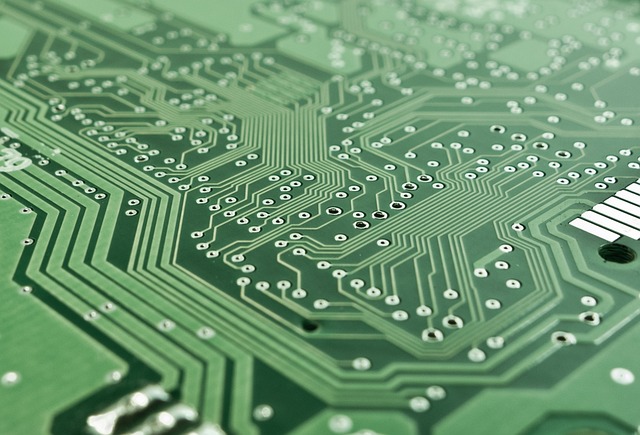
Rechargeable batteries are a fundamental component in modern devices, powering everything from our everyday gadgets to advanced technologies like the OneWheel electric board. Unlike disposable batteries, which can only be used once and then discarded, rechargeable batteries can be charged and discharged multiple times before needing replacement. This makes them not just environmentally friendly but also economically viable.
At their core, these batteries function by storing chemical energy that is converted into electrical energy. The most common types are lithium-ion (Li-ion) batteries, known for their high energy density, low self-discharge rate, and lack of maintenance. In a OneWheel electric board, Li-ion batteries provide the necessary power to enable smooth, efficient riding, with advanced management systems that monitor and optimize battery performance, ensuring longevity and reliable operation.
How OneWheel Electric Boards Utilize Rechargeable Battery Power

OneWheel electric boards have revolutionized personal transportation with their innovative design and efficient use of rechargeable battery power. These self-balancing, electric unicycles rely entirely on battery energy to operate, making them eco-friendly alternatives to traditional gas-powered vehicles. The heart of the OneWheel’s success lies in its advanced battery technology, which allows for extended riding sessions without frequent charging.
Each OneWheel is equipped with a high-capacity lithium-ion battery pack that serves as the primary power source. These batteries are designed for rapid charging and long lifespan, ensuring riders can enjoy seamless, uninterrupted journeys. As the board moves, its sensors detect speed, altitude, and other parameters to optimize energy consumption. This real-time data allows for efficient power distribution, maximizing ride time while minimizing battery drain.
Types of Rechargeable Batteries in OneWheel Boards
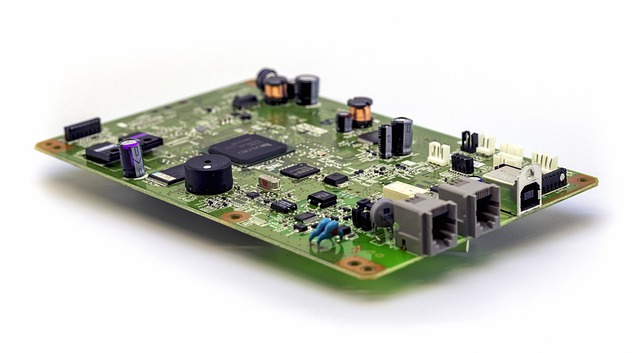
OneWheel electric boards, known for their compact design and eco-friendly transportation capabilities, rely on rechargeable batteries to power their electric motors. The heart of these innovative boards lies in several types of rechargeable battery technologies, each offering unique advantages and performance characteristics. Lithium-ion (Li-ion) batteries are the most prevalent choice due to their high energy density, lightweight construction, and ability to handle numerous charge cycles without significant capacity loss. This makes them ideal for OneWheel electric board users who seek extended ride times and reliable performance.
Beyond Li-ion, other rechargeable battery types find applications in these boards, such as Lithium Polymer (LiPo) batteries, which offer even higher energy density and lighter weight but require more careful handling to prevent damage or overheating. Nickel-metal hydride (NiMH) batteries, while not as prevalent, still have their place for users seeking a cost-effective option that provides reasonable performance, especially in terms of charge retention over time. Each battery type contributes to the overall efficiency, range, and safety features of OneWheel electric boards, catering to diverse rider needs and preferences.
Benefits of Using Rechargeable Batteries for OneWheel Riding
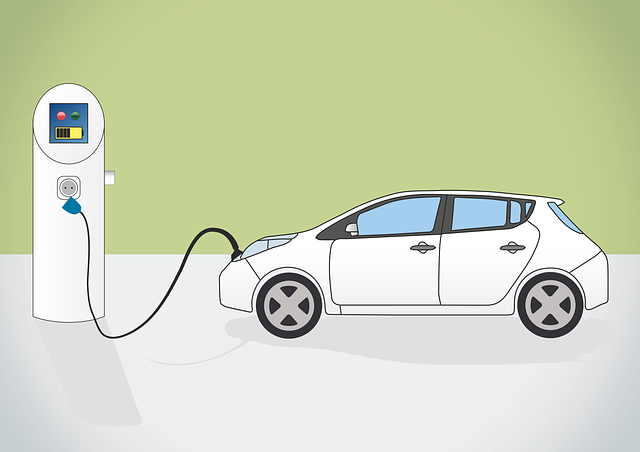
Rechargeable batteries offer significant advantages for OneWheel electric board enthusiasts, revolutionizing their riding experience. One of the key benefits is environmental friendliness; these batteries are eco-sustainable, as they can be charged and reused, reducing electronic waste. This aspect is crucial in today’s digital era, where minimizing our carbon footprint is a collective responsibility.
Additionally, rechargeable batteries provide cost-effectiveness for OneWheel riders. Unlike disposable batteries, which need to be replaced frequently, rechargeables can be topped up, extending their lifespan and saving users money in the long run. This feature is especially appealing for frequent riders who want to minimize maintenance costs while enjoying their electric board adventures without interruption.
Charging and Maintenance Tips for OneWheel Electric Board Batteries
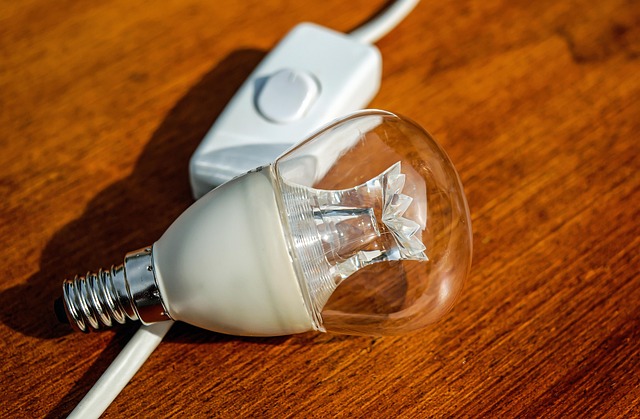
Charging and maintaining your OneWheel electric board battery is a crucial aspect of ensuring optimal performance and longevity. Here are some essential tips to keep in mind. Firstly, always use the recommended charger provided by the manufacturer for your specific model. This ensures safe and efficient charging, protecting your battery from potential damage. Secondly, allow the battery to discharge completely before charging it again, aiming to keep the level between 20% and 80%. Regular deep discharging can prolong the battery’s life.
Additionally, avoid exposing the battery to extreme temperatures. Extreme heat or cold can degrade its performance and reduce its overall lifespan. Store your OneWheel electric board and its battery in a cool, dry place when not in use. Lastly, keep an eye on any signs of damage or leakage, as these could indicate issues that require professional attention. Regular maintenance and adherence to these tips will help maintain the health of your OneWheel electric board battery, ensuring many miles of smooth riding ahead.
Future Trends in Rechargeable Battery Technology for OneWheel

The future of rechargeable battery technology looks promising for OneWheel electric boards, paving the way for longer durations and faster charging times. Researchers are exploring innovative materials such as solid-state batteries that offer enhanced safety and higher energy density compared to traditional lithium-ion batteries. These advancements could significantly extend the range of OneWheels, enabling users to embark on longer, more adventurous rides without frequent recharging concerns.
Additionally, developments in fast-charging infrastructure are crucial for the widespread adoption of OneWheel electric boards. Quick battery swapping stations and wireless charging technologies are gaining traction, addressing the pain points of lengthy charging times. As these trends evolve, we can anticipate a transformative impact on the accessibility and appeal of OneWheel as a sustainable mode of transportation, revolutionizing personal mobility in urban landscapes.
Safety Considerations: Ensuring Safe Rechargeable Battery Usage
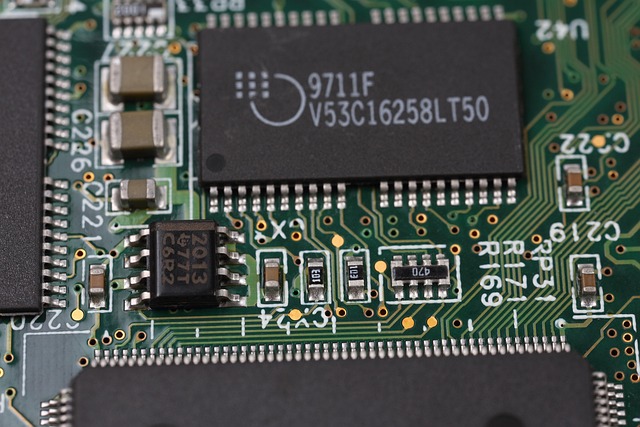
Rechargeable batteries, while offering numerous benefits for devices like the OneWheel electric board, require careful handling and safety precautions to prevent potential hazards. Overcharging, for instance, can lead to battery degradation or, in extreme cases, pose a fire risk. It’s crucial to use compatible chargers designed for your specific rechargeable battery type, as using incorrect chargers might cause damage or create unsafe conditions.
Proper storage is another critical aspect of safe battery usage. Keeping batteries cool and dry, away from direct sunlight and heat sources, helps maintain their health. Regularly inspecting batteries for signs of damage, such as dents, cracks, or leaks, is essential. If a battery exhibits any unusual behavior or appears damaged, it should be replaced immediately to avoid potential accidents while using devices like the OneWheel electric board.
